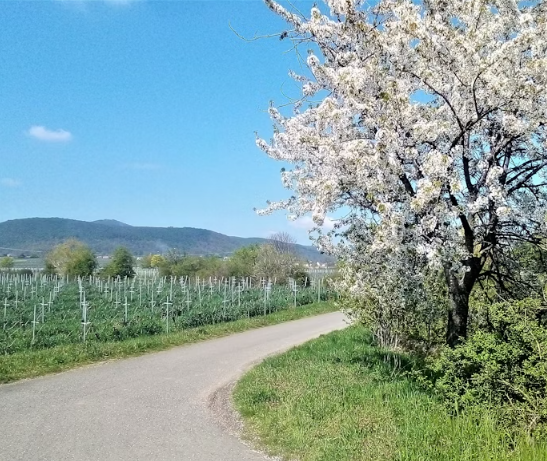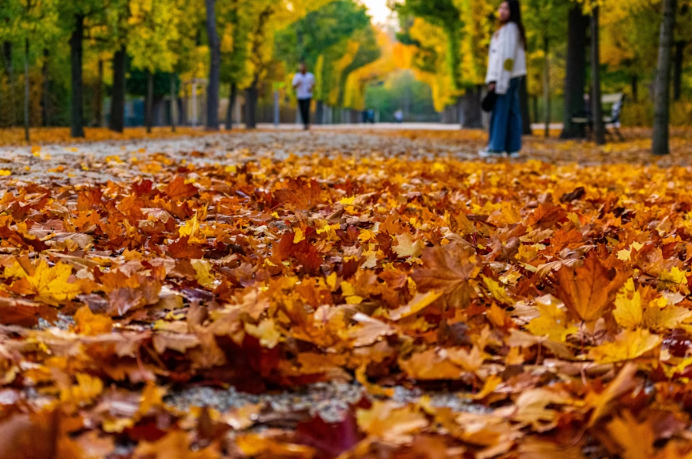Let's connect
Ask a question or leave me a comment
Oops! Something went wrong while submitting the form.

Italy is a country that enchants travelers all year round — from sun-drenched coastlines to snow-covered Alps, and charming cities bursting with art, food, and culture. But deciding when to visit depends on the kind of experience you're after. Whether you're dreaming of summer beach escapes or off-season serenity, Italy offers something unique every season.
This guide explores the best time to visit based on weather, festivals, crowds, and budget — helping you align your perfect adventure with the rhythm of the seasons. If you’re planning your Italy Travel journey, timing it right can make all the difference.
Why go: Spring is often considered one of the best times to visit Italy. The countryside is lush and green, flowers are in bloom, and the weather is mild — especially in April and May.
Cities like Rome, Florence, and Venice come alive with outdoor cafes and fewer tourists compared to the summer months. It’s the perfect time for sightseeing without the long lines, and accommodations are often more affordable than in peak season.
Events to catch:

Why go: Summer is high season in Italy — and for good reason. The beaches along the Amalfi Coast, Sardinia, and Sicily are in full swing, while cities host festivals, concerts, and long sunny days.
If you love lively energy, outdoor dining, and warm Mediterranean weather, summer delivers the ultimate Italy experience. However, it also comes with crowds, higher prices, and sometimes intense heat.
Events to catch:
Why go: Fall is a fantastic time for Italy Travel if you’re looking for fewer tourists, rich cultural experiences, and incredible food. As the summer rush fades, you can enjoy Italy’s beauty at a slower pace.
September still feels like summer, while October and November bring cooler temperatures, making it perfect for city exploration, wine tasting, and food festivals. It’s also grape and olive harvest season, ideal for visiting Tuscany, Umbria, or Piedmont.
Events to catch:

Why go: While winter isn’t the most popular time to visit Italy, it’s one of the most magical for certain experiences. Think festive Christmas markets, snow-covered mountains, and cozy trattorias.
Cities like Rome and Florence are much quieter, and prices for flights and hotels drop significantly. It’s also the best season for skiing in the Italian Alps or Dolomites, especially in January and February.
Events to catch:
Italy’s geography plays a big role in seasonal travel experiences. Here’s how seasons differ by region:
Here’s a quick breakdown of when to go, based on your travel preferences:

Italy’s beauty shines in every season — it just depends on the kind of adventure you’re seeking. Spring offers blooming landscapes and fewer tourists, summer delivers vibrant energy and beach fun, fall brings harvest flavors and cultural charm, and winter adds a cozy, festive touch.
Whether you’re strolling through Tuscan vineyards, skiing in the Alps, or exploring Roman ruins under a soft winter sun, timing your trip to match your interests will elevate your experience. Planning your Italy Travel around the seasons means embracing not just a destination, but a feeling — one that stays with you long after you return home.
